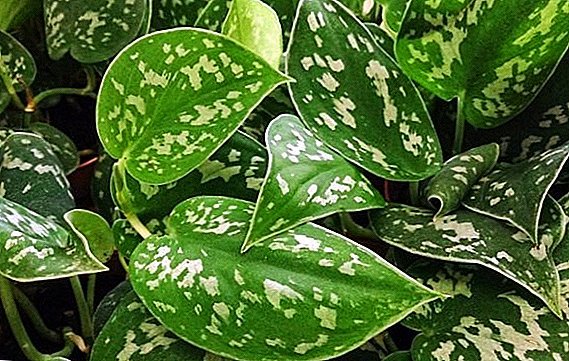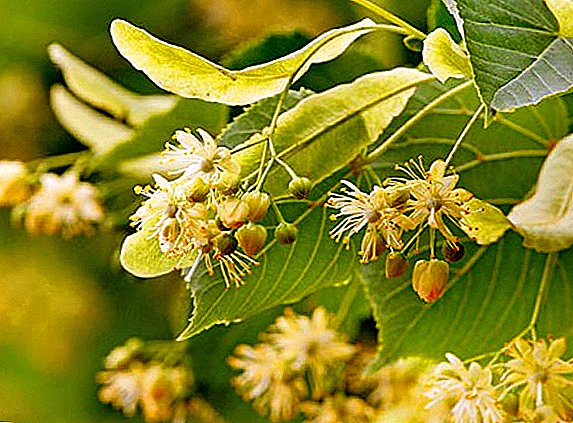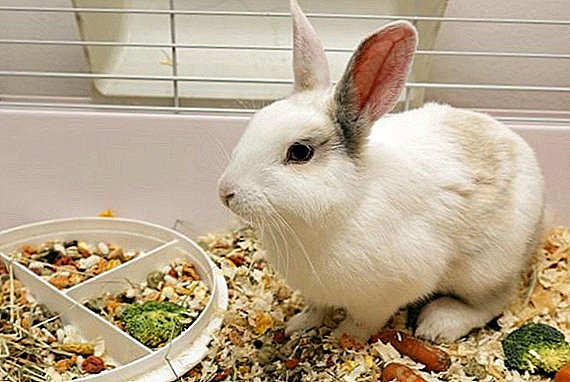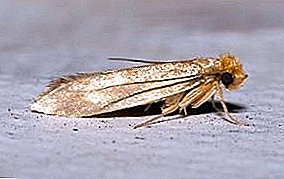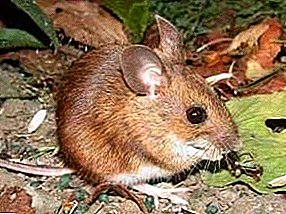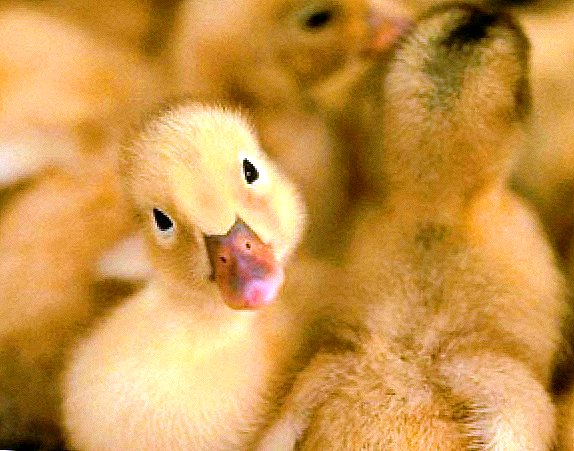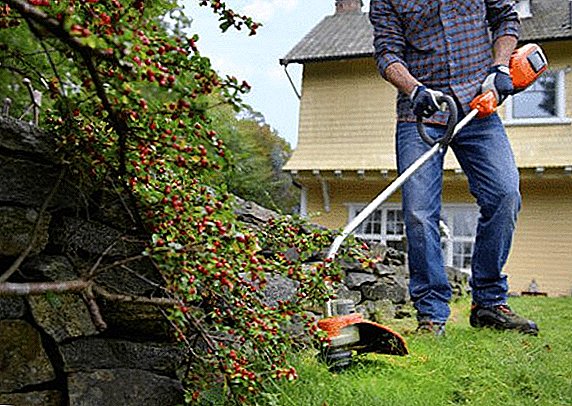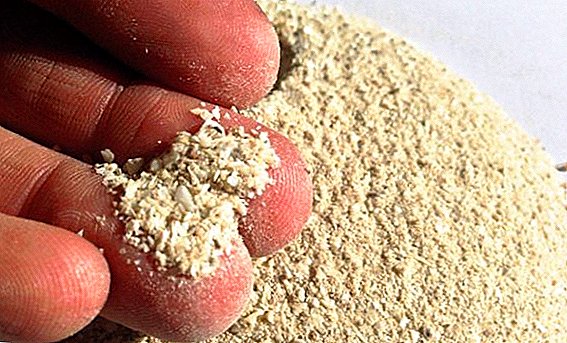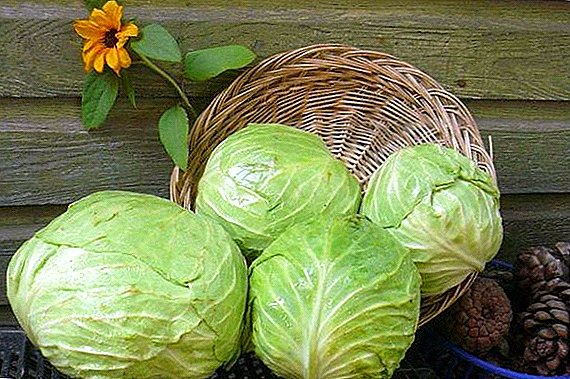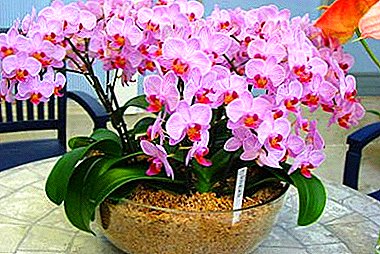
Orchid is considered one of the oldest plants in the world - its wild representatives appeared many millions of years ago. Today, the orchid in all its diversity of species makes up the seventh part of the entire earth flora.
From the article you will learn about the unusual history of this flower, namely about the homeland of growth, when I first came to Europe, how the fashion to collect plants appeared. Also familiar with the rules of care for exotic at home.
Where does the flower grow?
Orchid plants brought happiness to all continents except Antarctica. A natural question is born: in which of the known latitudes of epiphytic orchids (those that grow on trees) grows the most? Of course, this is the tropics, since this environment is most favorable for their growth.
Scientists conducted a conditional division of orchids into four climatic provinces:
- Central America, South America, the coasts of Africa and zones located on the same parallel. The high temperature and humidity characteristic of these areas is just what orchids love, especially epiphytic ones.
 Mountain regions: Andes, mountains of Brazil, New Guinea, Malaysia, Indonesia. Temperatures here are slightly lower than in the first climate zone, but the humidity of the air is also high. In such conditions, representatives of almost all Orchids feel comfortable.
Mountain regions: Andes, mountains of Brazil, New Guinea, Malaysia, Indonesia. Temperatures here are slightly lower than in the first climate zone, but the humidity of the air is also high. In such conditions, representatives of almost all Orchids feel comfortable.- Plateau and steppe. Although such conditions are unfavorable for orchids, they are present here. Most of them are terrestrial and epiphytic.
- Zone of temperate climate. There are very few orchids here and they are represented only by terrestrial species.
When was it first brought to Europe?
For the first time Europe met with an orchid about 200 years ago. It was a view of the Bletia verecunda. There is evidence that the Spanish conquistadors brought an orchid back in 1510, but due to lack of awareness of proper care, the plants died. It was possible to debug the cultivation process only by 1840.
- Joseph Banks is considered to be the man who discovered the orchid for Europe. Europeans gave preference to woody orchid species.
- In England, Eulophia alta was the first cultivated orchid, which Dr. William Houston sent from East India.
- In 1778, John Foter brought Phaius tancervillae and Cymbidium ensifolium from China.
Meet the royal family
An important role for orchids in Europe was familiarity with the royal family, whence the fashion to collect the plant appeared. Princess Augusta, the mother of King George III, founded the Royal Botanic Gardens in Kew, where orchids grew, surrounded by the care of Joseph Banks. The first catalog of these plants was compiled by gardeners of the Royal Botanical William Aiton and his son in 1974.
Admiral William Bley gave the garden fifteen orchids from East India. Collecting orchids has come into vogue among wealthy amateur gardeners. This plant has become a kind of confirmation of status in high society.
Some species were put up for auction and the Rothschild dynasty and the Russian royal family competed for the purchase.
The history of the emergence of various varieties
 Today there are more than 35 thousand varieties of orchids, but the most surprising is that researchers in the tropics continue to discover new species. Of course, the plant owes such diversity not only to nature, but also to the hard work of thousands of breeders from different countries.
Today there are more than 35 thousand varieties of orchids, but the most surprising is that researchers in the tropics continue to discover new species. Of course, the plant owes such diversity not only to nature, but also to the hard work of thousands of breeders from different countries.
On the question of where the first man-made specimens came from - historians answer from England. Here, in the 19th century, out of curiosity, the gardener began experimenting with the flowers of Cattley guttat and Cattley londiguesi. The seeds have sprouted, and the Cattleya Hybrid is the result.
Does it need protection?
Despite the widespread occurrence and diversity of species, the orchid needs protection since this amazing plant is ruthlessly exterminated in nature in the process of deforestation and improper procurement of raw materials for medicinal purposes. The issue of protection was raised at the end of the 19th century. The first guarded species was "lady's slipper".
In the Red Book of Russia 35 species of orchids are listed. Most countries retain wild species of these plants in botanical gardens, reserves and national parks.
In Washington in 1973, they signed the "Convention on International Trade in Endangered Species of Wild Fauna and Flora (CITES)" According to this document, orchids are protected by international organizations. The only exceptions are artificially bred new plants.
Legal trade in orchids can only be carried out with a permit to export the plant from the country of origin, and you also need to obtain permission to import into the importing country.
Care and its features
On the store shelves today are mainly hybrid orchid varieties, which are very unpretentious in content. For, to enjoy exotic beauty at home, it’s enough to fulfill simple requirements:
- Ideal illumination for an orchid is diffused light for at least 12 hours.
- The temperature regime for a room orchid should be between 20-27 degrees Celsius during the day and 14-24 at night.
- Indoors need to maintain high humidity. You can put the plant next to the aquarium, or place next to the orchid tray with water.
- During the period of flowering and vigorous growth, the orchid requires intensive watering; during the rest of the time, watering should be moderate.
The orchid is a noble plant that blooms profusely both in winter and in summer.
Any interior with its appearance acquires sophistication and unique exotic appeal. The lack of difficulties in the care adds orchid advantages in the issue of choosing a pet from among the representatives of the flora.


 Mountain regions: Andes, mountains of Brazil, New Guinea, Malaysia, Indonesia. Temperatures here are slightly lower than in the first climate zone, but the humidity of the air is also high. In such conditions, representatives of almost all Orchids feel comfortable.
Mountain regions: Andes, mountains of Brazil, New Guinea, Malaysia, Indonesia. Temperatures here are slightly lower than in the first climate zone, but the humidity of the air is also high. In such conditions, representatives of almost all Orchids feel comfortable.